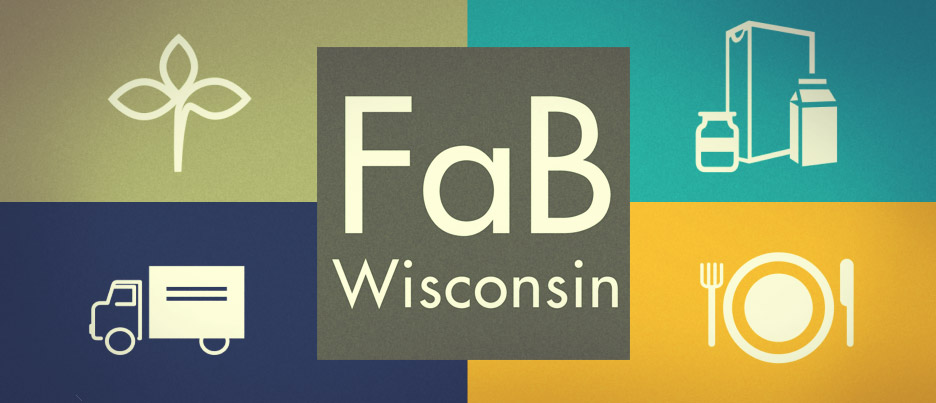How to Beat the 50 Percent

In the U.S., about half of new businesses survive their first five years, and even fewer (one-third) make it to ten. But thanks to business incubator programs, these odds are improving. Last week FaB Wisconsin, the state’s food and beverage industry consortium, launched its own incubator-like program called FaBcap – a food finance and business accelerator. We were fortunate enough to be a part of the FaBcap kick-off conference, and it was eye-opening to say the least. Working for an agency, you don’t always get to see the ins and outs of your clients’ businesses. We operate more on a need-to-know basis. It’s just more efficient. Too many cooks in the kitchen spoil the broth, right?
So last week we took off our marketing lenses and took a good look at things from the business side. Interestingly, the biggest takeaway was reinforcing the significance of our role, as marketers, in helping startups get over that initial five-year or ten-year hurdle. Even if your product is ultra-trendy like Exo’s cricket flour-based protein bar (yeah, cricket flour is hot right now), and even if your product meets all the consumer demands for transparency, traceability and purity, how do you communicate those messages? And to whom? That’s where our expertise comes in handy. A marketing partner can help you focus your product messaging and determine the most important targets for your business, as well as tell you how to reach them.
Along with the first ten businesses chosen to complete FaBcap (shout out to our client Gorilly Goods for making the inaugural class of “Cappers”), a few local food business role models were in attendance, and we had a chance to hear about their success stories. Palermo’s CEO Giacamo Fallucca named differentiation as key to his company’s success. And differentiation in a saturated market such as frozen pizza is no easy feat! However, by adopting distinctive packaging and pursuing other marketing support, namely social media, Palermo’s Pizza has achieved national brand recognition, and they’re still growing.
Another way to differentiate your product and business is through storytelling. This is a powerful tool that can help foster a more personal and emotional connection between a product/company and the consumer. It will help “consumers feel they know the people behind a product,” according to Grant Ferrier, CEO and founder of Nutrition Capital Network – an organization that connects health and wellness companies with investors. As marketers, we work with our clients to develop these stories and tell them through social media, public relations, package design, and other marketing efforts.
That storytelling element is a powerful tool, but before you can define the story, you have to decide who you’re talking to: the core user. Notice that’s singular, not plural. One core user. This confuses some people because a snack product, for example, could appeal to mothers in one way and college students in another. This is true, but that doesn’t mean your product messaging should be different. By clearly defining one core user to speak to, businesses can ensure all marketing materials are consistent and the brand is reflected accurately – an invaluable start for new businesses. At B+L, we’ve perfected this process and successfully taken the majority of our clients through these steps, which we call BrandALIVE. The end result is a positioning statement – or, as FaB’s Brad Rostowfske put it, the “consumer’s North Star” – which will guide everything from your company’s social media content to the messaging on in-store displays.
In summary, being a successful new business leader is all about getting the help you need. It may be business advice from a program such as FaB Wisconsin, or it may be a marketing partner who can help you communicate the value of your product. As one of our clients and FaB board member, Jenny Marino, advised the Cappers, “Surround yourself with people that can help – so you can work on your business, not in your business.”

